It’s one thing to experience the rich culture and historical sites that a foreign country has to offer, but to be presented with the opportunity, on behalf of the Pelvic Education Alliance, to also leave a lasting mark on the physical therapy world is a humbling honor to say the least.
So what exactly did Gwen, Janine, and Michelle teach their Chinese counterparts during their time abroad? Below we’ve outlined their course’s unique approach to manual therapy, the surprising feedback they received, and the single standout take away from the entire teaching experience.
What Material Was Covered?
The Nesin Therapy team taught a 7-day course on advanced manual techniques for the Pelvis and Lower Quadrant to in Beijing, China. They covered manual therapy to the pelvis, low back, hip, knee, and ankle regions of the body, as well as internal techniques for the pelvic floor and coccyx. In addition, they worked on advanced body mechanics training and exercises for the Olympic athlete. In addition, they treated the athletes for both Summer and Winter sports for an additional 7 days.
Who Attended?
The Chinese Olympic medical staff included physical therapists, trainers, physicians, acupuncturists, traditional chinese medicine physicians, and research specialists. No matter what their area of expertise, everybody practiced the techniques. Everyone was interested in learning. It was incredible! It’s interesting to note that all medical staff participate in the care and rehabilitation of the athlete, and it was great to see their collaboration and excitement to have new tools to bring into the clinics. In total, 44 clinics were represented by medical professionals from all over China.
The Most Surprising Lesson We Learned From Teaching
Our team was slightly surprised to witness an elevated enthusiasm for their hands-on technique. As it turns out, these Chinese professionals don’t usually have access to lab-intensive courses, where they get to learn techniques and practice them firsthand. They were excited about getting to see the immediate improvement in motion after practicing the techniques.
Michelle, Janine and Gwen all loved teaching through an excellent interpreter, because it allowed them to frequently pause and collect their thoughts while teaching! This is definitely not a luxury that is available when the teacher and the students speak the same language, so that was a pleasant aspect of teaching in a foreign environment. This is surprising, of course, because most would assume that a language barrier acts as a restriction, and not as a benefit.
The Most Valuable Feedback We Received
“This Course Has Shown Us The Kind Of Course We Want To Have Here In Our Country.”
– Mr. Lee, Director of Clinical Education for the Chinese Olympic Committee
The students particularly appreciated the demonstration and lab component of the course, the concrete aspect of learning prioritized in the coursework. They represent a culture that prefers tactical, hands-on, tangible learning versus only theoretical application.
The Highest-Valued Techniques We Shared
Keeping manual therapy as the primary focus of the course, the team covered the application and explanation of 4-5 techniques in each body region. Within the postural alignment series, they taught how small, incremental changes can leverage larger shifts in athletic performance and range of motion. Most of the students in attendance were previous athletes themselves, making it easy for them to understand and apply these concepts. That was definitely one great thing about teaching previous athletes—they “get it” right away.
The Absolute Best Takeaway
Upon return, Janine, Gwen, and Michelle shared their most outstanding takeaway from the coursework experience and outcomes. Mainly, they loved that the group of Chinese medical professionals didn’t just represent one sport, but a wide range of athletic teams. From golf to table tennis, soccer, skating, swimming, and more. As a physical therapist, it was a dream not to be limited to teaching about a specific sport, but to address issues across multiple Olympic sports.
In our next post, we’ll cover the future of physical therapy education on a global scale, with an emphasis on cultural differences in teaching and learning in this field. Make sure to subscribe at the top of this page with your best email address to be notified of our future posts!
To see more photos from the trip to China, be sure to check out and like The Pelvic Education Alliance Facebook Page, as well as that of Nesin Therapy Services.













